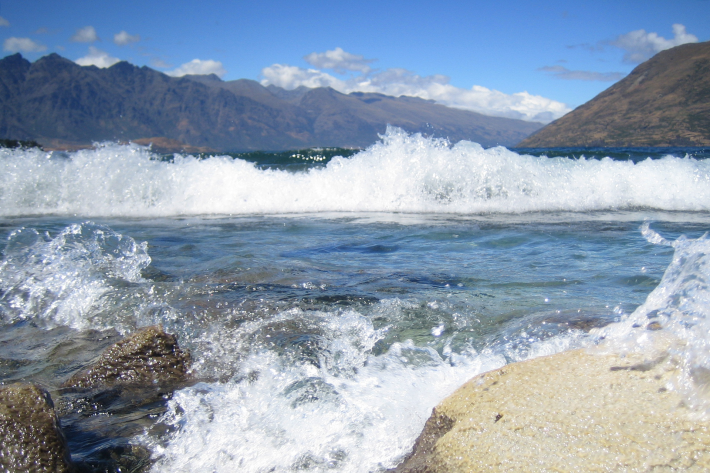-

Weed Management
Research ProjectOf the more than 70 aquatic plant species naturalised in New Zealand, more than 75% have become problem weeds or have been assessed as having the potential to become future problem weeds. Most of our lakes, rivers and streams are affected by at least one of these species. -

Come jump in a lake with NIWA
Media release05 June 2019Visitors to NIWA’s stand at this year’s Fieldays are invited to go diving into the Rotorua lakes—without having to get wet. -

NIWA mapping Whakatipu lake floor
Media release08 May 2019NIWA researchers are out on Lake Whakatipu for the next week mapping the lake floor for the first time. -

LakeSPI: Keeping tabs on lake health
Software Tool/ResourceThe condition of many NZ lakes is under threat from land-use changes and the invasion of alien aquatic plants. -

Submerged plants as bio-indicators
Submerged plants have a number of advantages that favour their use as indicators of lake ecological condition. -

Stepping into the river
Feature story06 June 2017NIWA discusses, in depth, this year's most asked question—what is happening to our fresh waterways? -

Climate Change Vulnerability Assessment (CCVA)
ServiceTo prepare for changes in climate, our freshwater and oceans decision-makers need information on species vulnerability to climate change. -

Monitoring and maintenance of kōura
Once you have identified the problem, and applied the necessary tools for restoring kōura to your stream, the next phase of your project is to monitor the site to see whether restoration works. -

Applying the right tools to restore kōura to lakes and streams
The tools available for restoring kōura to lakes and streams depend on what is causing kōura to decline. -

Why are kōura rare or absent in your waterway?
Habitat and biological factors factors affect why kōura rare or absent in your waterway. -

Are kōura present in your waterway?
First, determine if kōura should be present in your stream.

